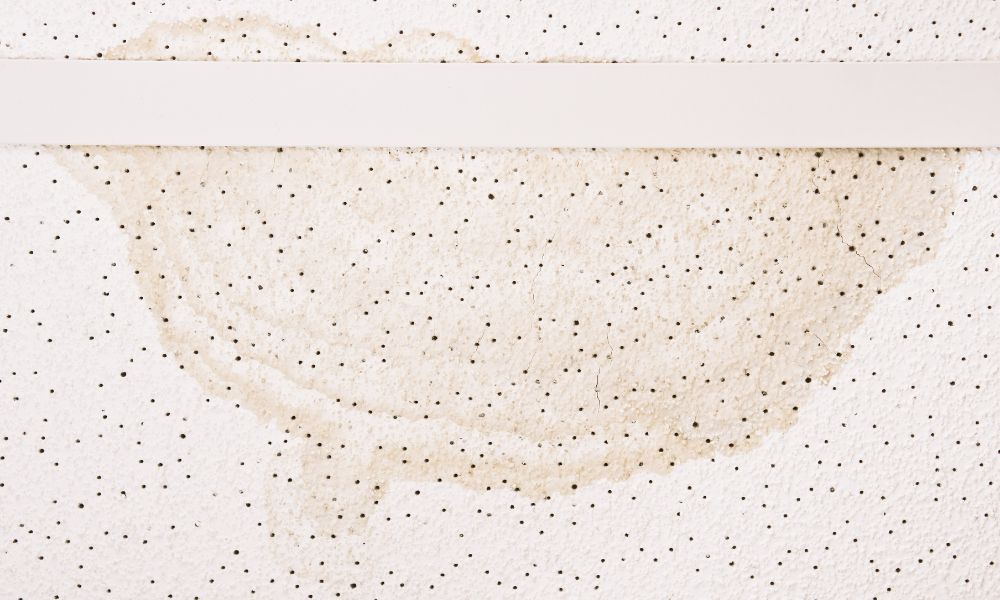Finding dark, expanding rings of moisture on your pristine ceilings can be very alarming for any homeowner. It’s often a telltale sign of a larger, looming issue. If left unchecked, it could develop into a costly disaster. So what should you do if you see moisture stains on your ceiling? Our guide is your first step toward taking control of the situation before it becomes overwhelming.
Identify the Root Cause of the Stains
The appearance of moisture stains isn’t merely a cosmetic concern; it’s a symptom of something amiss within your home’s structure. These stains often form due to the movement of water through unseen channels. And by the time they’re visible, extensive damage has probably occurred.
Begin by tracing the most likely origin points: the roof, internal plumbing, and the windows. A professional inspection can pinpoint the exact source. Once you’ve discovered the cause, take immediate action to prevent further water infiltration.
Clean the Moisture Stains
Once you’ve addressed the root issue, you should clean the ceiling stains. Proper cleaning removes any mold, mildew, or discoloration that may have accumulated. This is crucial before any repair or painting can begin.
Use a mixture of water and a mild detergent to gently scrub the affected area. A bleach solution will efficiently tackle stubborn stains too. Always ensure the room has good venilation and use protective gear, including a face mask and gloves.
Remove and Replace All Affected Areas
Water damage is often more extensive than what meets the eye, necessitating the removal of not just the visibly damaged area but also the damp insulation and any affected drywall or plaster.
While you can get away with cleaning small moisture stains, larger areas will need extra TLC. If the ceiling shows signs of significant moisture retention, cutting out and replacing the affected area might be necessary. This is especially important for preventing mold development, which can pose health risks and further structural issues.
Apply a Base Coat of Stain-Blocking Primer
After thoroughly drying the area and replacing the damaged components, apply a base coat of high-quality, stain-blocking primer. This primer will seal the ceiling material, preventing any residual stains from bleeding through the new paint job.
Using a primer will also ensure a consistent base for the paint to adhere to, improving its overall look and durability.
When To Seek Professional Assistance
While DIY solutions can be effective for minor moisture issues, the complexities of the repair sometimes call for professional help. For homeowners, knowing when to call in the experts is key to maintaining your home’s longevity and value. Roofers in San Jose are skilled in diagnosing and fixing roof-related moisture problems, offering repair services and preventative maintenance that can safeguard your home for years to come.
Knowing what to do if you see moisture stains in your ceiling helps you act faster to correct the problem. If you’re in doubt, call a professional for help! Don’t let a seemingly small stain lead to a flood of problems. Addressing ceiling moisture is much more than a cosmetic action. It’s crucial for keeping your home a safe, sturdy shelter for you and your loved ones.


Recent Comments